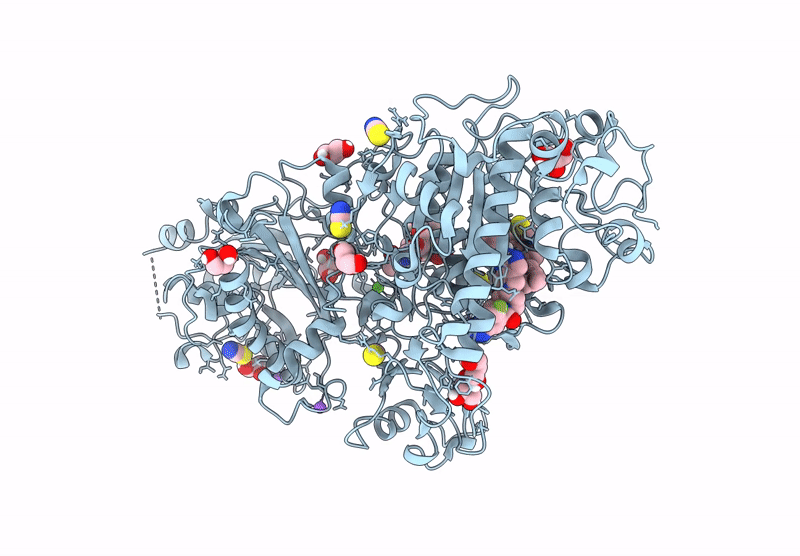
Deposition Date
2022-03-02
Release Date
2023-01-25
Last Version Date
2024-11-13
Method Details:
Experimental Method:
Resolution:
2.00 Å
R-Value Free:
0.24
R-Value Work:
0.20
Space Group:
P 1


